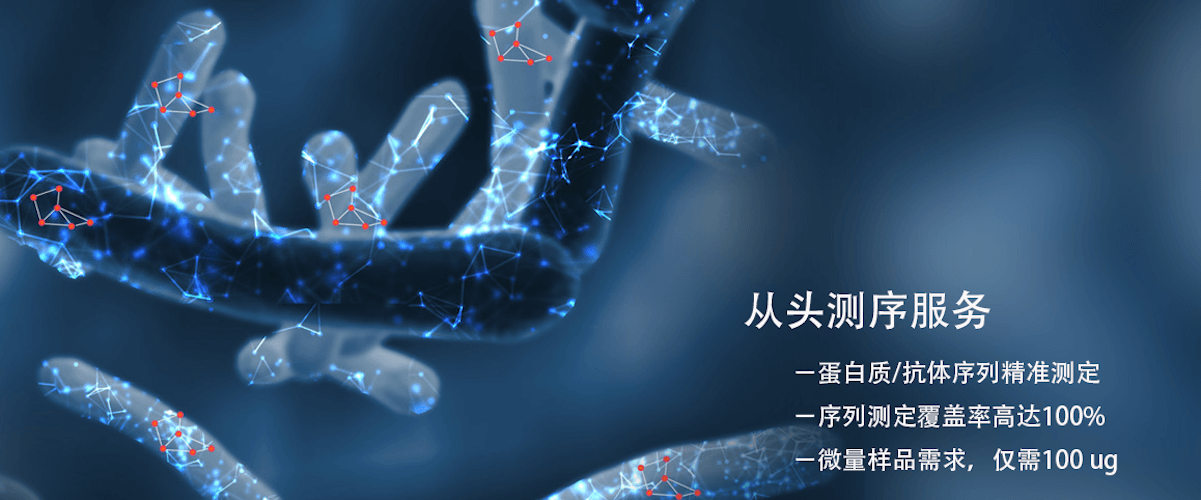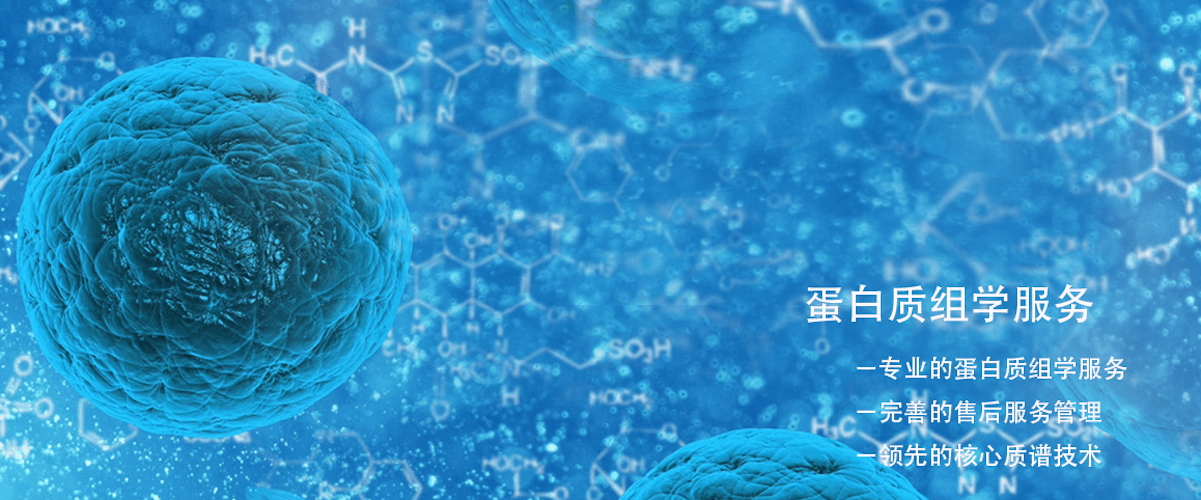After formaldehyde fixation and crosslinking, the protein concentration is basically undetectable. Is it necessary to de-crosslink before measuring the concentration?
Yes, after formaldehyde cross-linking, the structure and solubility of proteins can change, potentially affecting protein concentration measurements. Formaldehyde forms covalent cross-links between protein molecules, creating an insoluble network structure. Such cross-linked proteins are difficult to detect using traditional protein concentration measurement methods (such as BCA, Bradford, etc.).
Solution:
-
Cross-link removal: To obtain accurate protein concentration data, specific de-cross-linking steps (such as using de-cross-linking agents like carbamates, urea, etc.) are usually required to break the cross-links between proteins. This step can restore the natural structure of the protein, thereby restoring its solubility and making concentration measurements more accurate.
-
Use appropriate measurement methods: If concentration measurement is required for cross-linked samples, consider using methods that are suitable for cross-linked proteins (such as UV absorption), although this is usually less accurate than measurements after de-cross-linking.
Therefore, it is indeed necessary to remove cross-links before accurately measuring protein concentration, which is a common experimental step. Without de-cross-linking, reliable concentration data may not be obtained.
BioTide BioTech - Characterization of Biological Products, High-Quality Multi-Omics Mass Spectrometry Detection Service Provider
Related services:
How to order?





